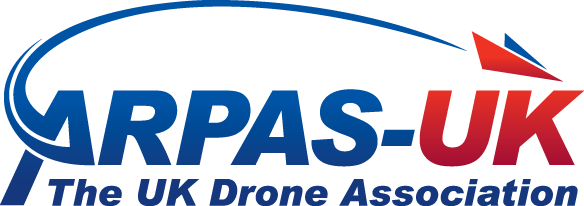British scientists are hoping research into the way bees adapt to their surrounding can help with the new age of delivery drones.
According to a report from the Financial Times, in a presentation to the American Association for the Advancement of Science conference in Seattle on Sunday, Professor James Marshall of Sheffield University demonstrated how he and his team are reverse engineering bee brains to create the drone prototype.
He explained: “Bees are really consummate visual navigators. They can navigate a complex 3D environment with minimal learning very robustly, using only a million neurons in a cubic millimetre of brain. For us they’re at a sweet spot for brain size and intelligence.”
The FT explained how the project has a £4.8m grant from UK Research and Innovation.
It detailed that researchers are carrying out two types of experiment to “reverse engineer” bee brains — work out how honeybees and bumblebees can reliably navigate over several kilometres, learning the features that will enable them to return to their nest.
The first experiment tracks the movements of bees as they forage, by attaching tiny radar transponders to their back.
Analysing the flightpaths can provide clues to the neural processes that lie behind them.
Joe Woodgate of Queen Mary University of London, who leads this part of the project, said: “Before we can track a bee with radar, we need to attach a small electronic tag to her back, which is easier said than done.
“They’re very good at escaping from us and when we do succeed, we’re left holding an angry bee which isn’t always the safest place to be.”
The FT went on to report how the team still believes commercial application of the technology is at least five years away.
He concluded: “To have drones flying around a city, where if they fall out of the sky there’s a very high risk of someone being injured or killed, regulators will have to be confident that what you’re flying around is safe.
The full Financial Times article can be found here.
From Commercial Drone Professional, Alex Douglas.
16th February 2020

